MuniFin:Green building also contributes to social good
The year 2024 was a record-breaking year in our sustainable finance. We remained on a strong growth path, and sustainable finance made up more than 50% of our new long-term customer financing.
Our customers were particularly active in seeking financing for their affordable social housing projects. This surge was driven by the clearing of the processing backlog at the Housing Finance and Development Centre of Finland (Ara) and the discontinuation of right-of-occupancy home construction by the end of 2025.
In 2024, we granted green finance to 154 projects. Once again, the majority of new projects in our portfolio fell under the buildings category (150). Housing construction was particularly active, but approved projects also included schools, day-care centres, culture and sports facilities, and investments in renewable energy.
Energy efficiency has made great strides in recent years. This is of significant relevance because improved energy efficiency has a major impact on the lifecycle emissions of buildings. In an increasing number of projects, our customers have already optimised energy efficiency to such a high level that further tweaks no longer yield meaningful benefits. As a result, more and more customers are now shifting their focus to carbon intensity instead. Carbon intensity can be reduced by various means, such as incorporating wood into building structures, using low-carbon concrete, improving construction site practices and enhancing circular economy solutions.
Our customers are dedicated to reducing their climate impacts and piloting innovative solutions. Although the challenging economic situation calls for careful prioritisation, our customers still consider sustainability a key factor in their investment decisions. These investment decisions must be not only environmentally sustainable, but also economically sustainable. Economic savings generated from sustainable investments can then be allocated to other important projects. Finding ways to use the surplus should not be a problem.
Municipalities can use land use planning as a tool to reduce carbon footprints. For example, the City of Helsinki has introduced a total carbon footprint limit in its detailed planning to promote low-carbon development. Sustainable solutions can also be encouraged through finance. We increased the margin discount in our green finance in 2023, giving our customers even more financial incentive to make sustainable investments.
Finland is facing a situation where the government is reducing financial incentives for affordable social housing, but the need for affordable housing is not going away. Organisations providing affordable social housing have been active not only in addressing social issues but also in advancing low-carbon housing solutions. We hope this comprehensive approach to developing sustainability will continue in the future.
Rami Erkkilä , Senior Specialist, sustainable finance
Rami Erkkilä is responsible for green and social finance products at MuniFin
The text was originally published as part of Municipality Finance’s Green Finance Impact Report. Read the full report here.










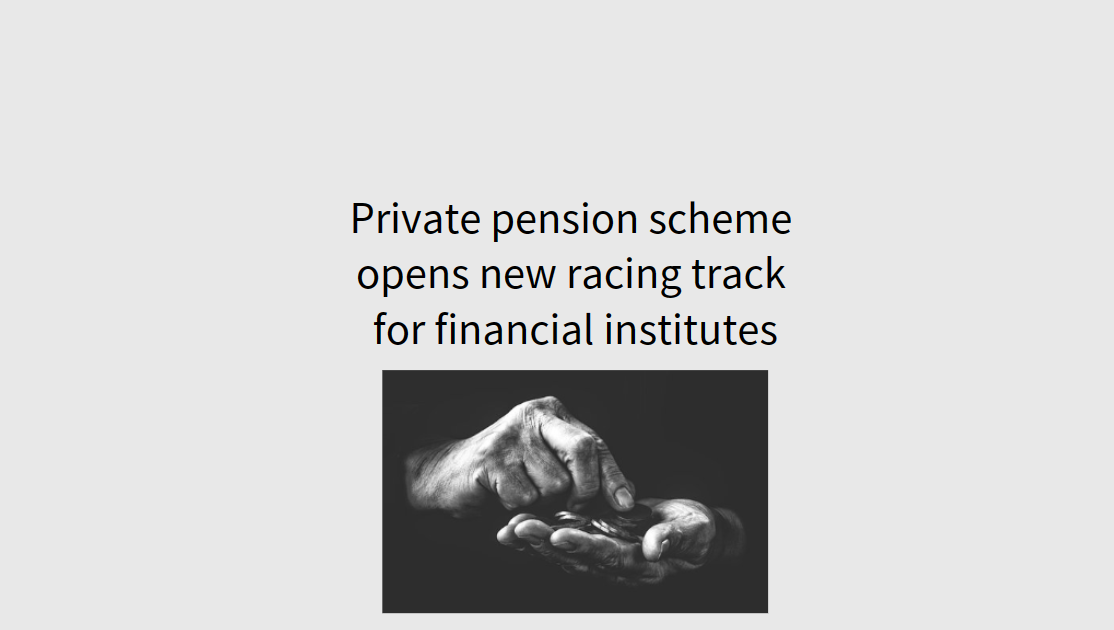



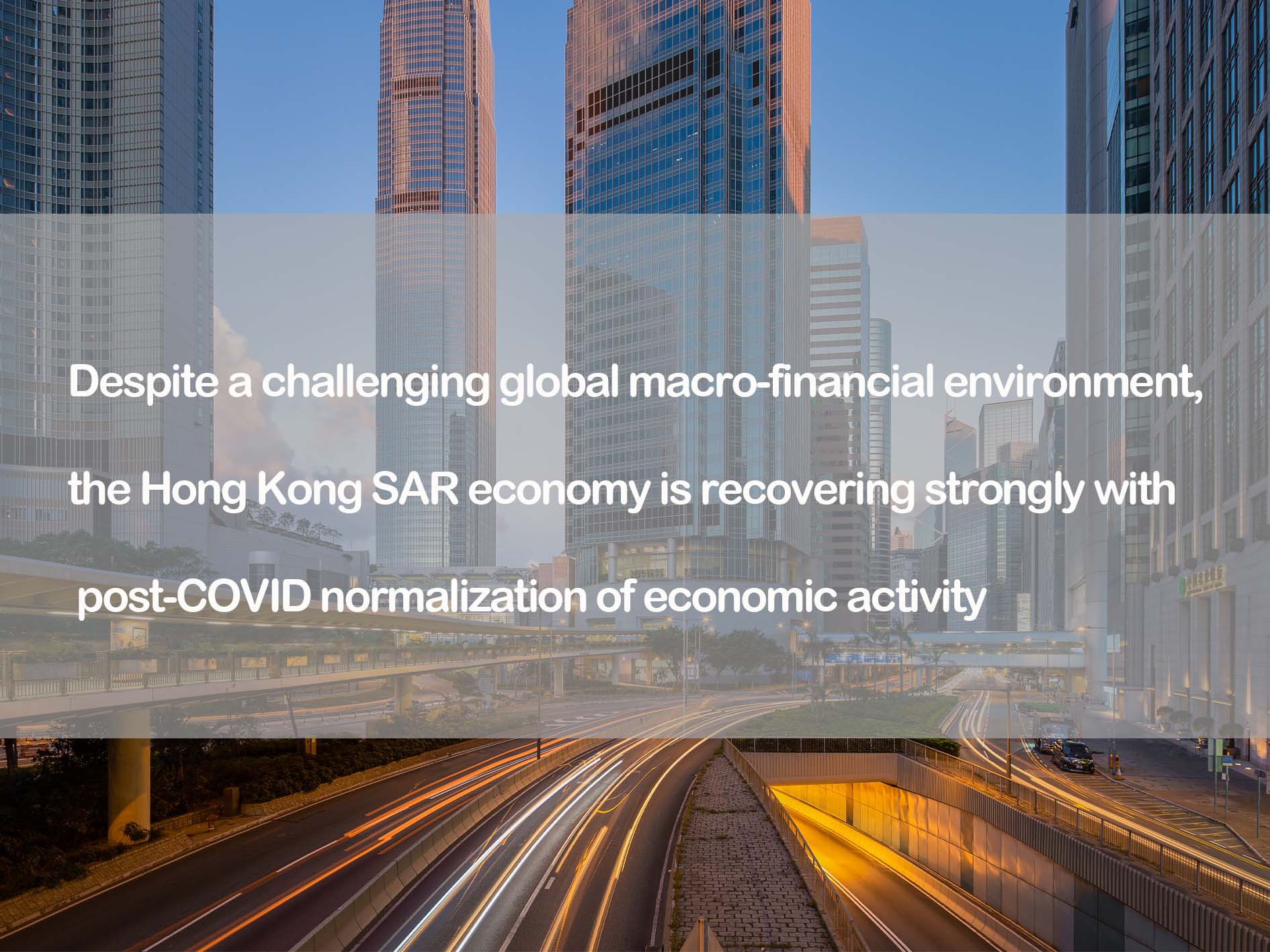



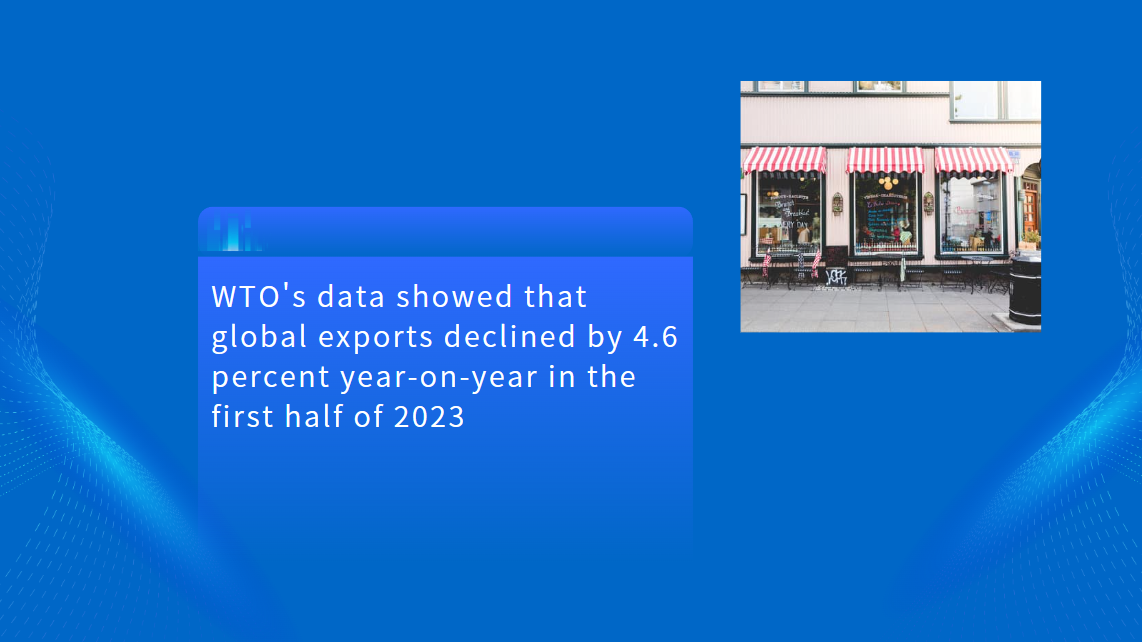

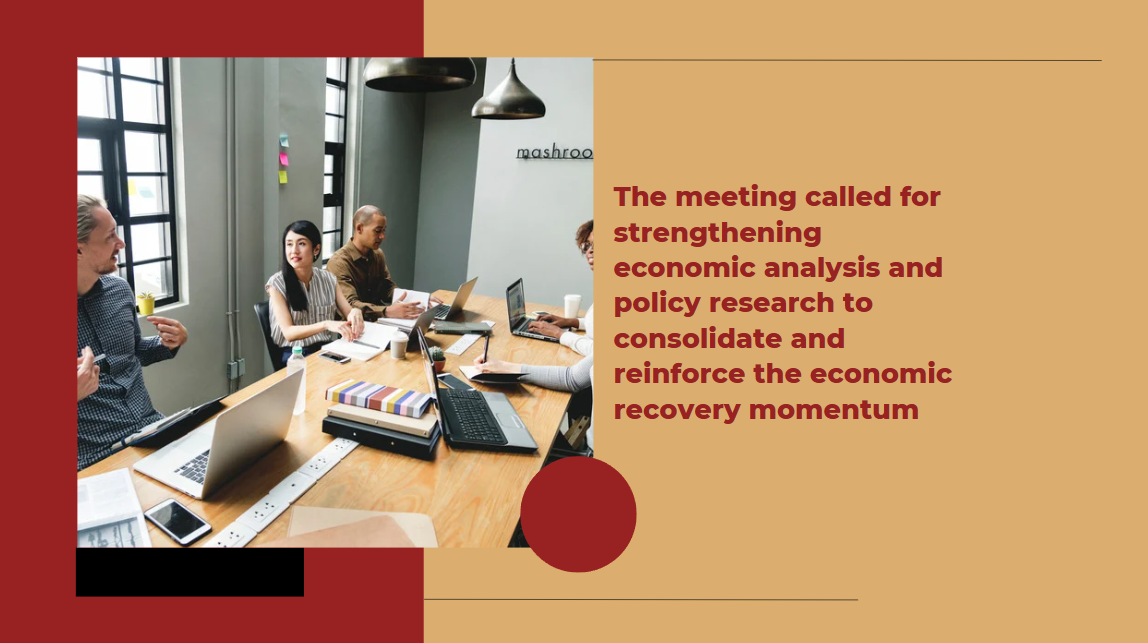


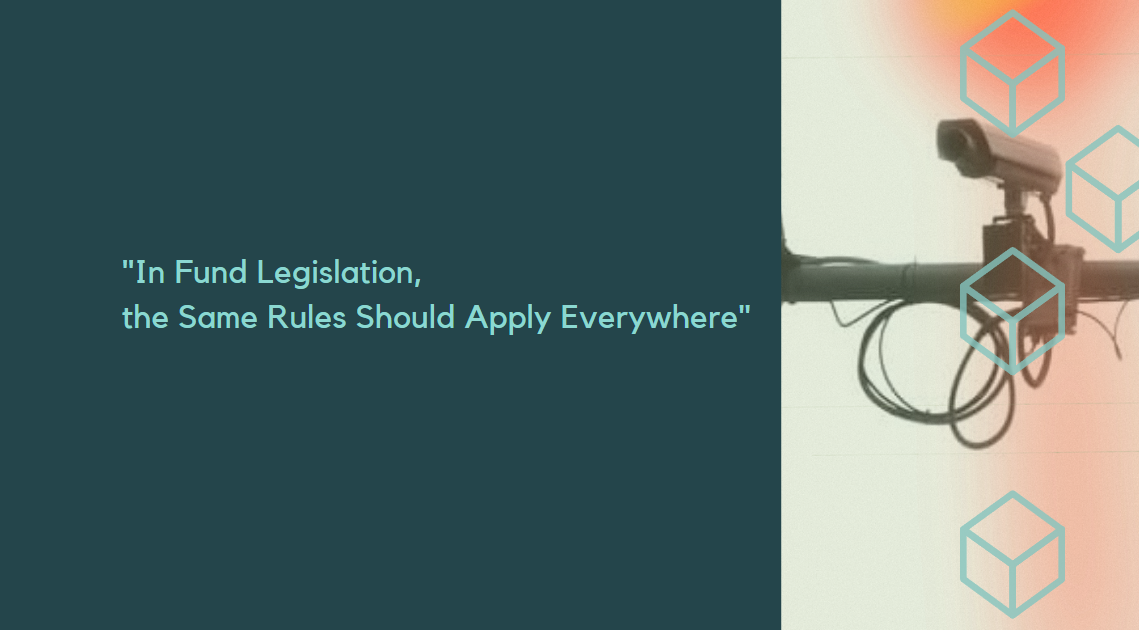






























First, please LoginComment After ~